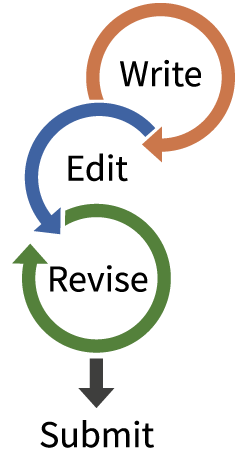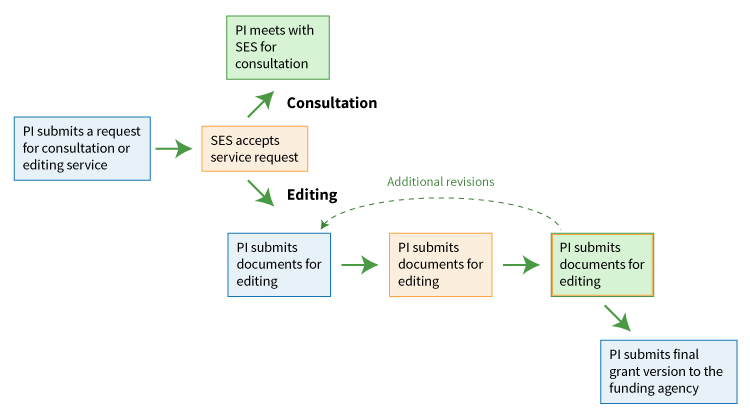The Scientific Editing Service (SES) works with ICTS members to strengthen and clarify their extramural grant applications and manuscripts. Experienced scientific editors customize their services to meet the specific needs of your documents. The service is jointly supported by the ICTS and the Washington University Department of Medicine.

The SES can help:
- correct grammatical and typographical errors
- improve sentence structure, paragraph organization, and flow
- strengthen the scientific significance and impact
- enhance scientific specificity
- identify inconsistencies
- improve formatting and headings
- reduce word count
- refine the language
There may be a waiting list during periods of high demand. When we begin working on your document, the editing will take two weeks or less in most cases. Editing improves grant applications / manuscripts, but does not guarantee funding / publication.
Prioritization
We triage editing requests. Grant proposals always have priority over manuscripts. Priority is given to applicants who:
- have a record of previous engagement with ICTS programs and resources
- are early career track investigators moving toward independent investigator careers
- are faculty within the Department of Medicine
Early engagement with the SES improves your priority and enables sufficient time for optimum development of your grant application or manuscript.
